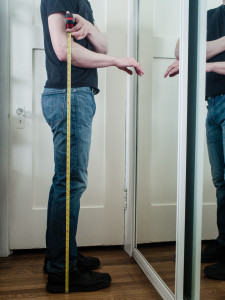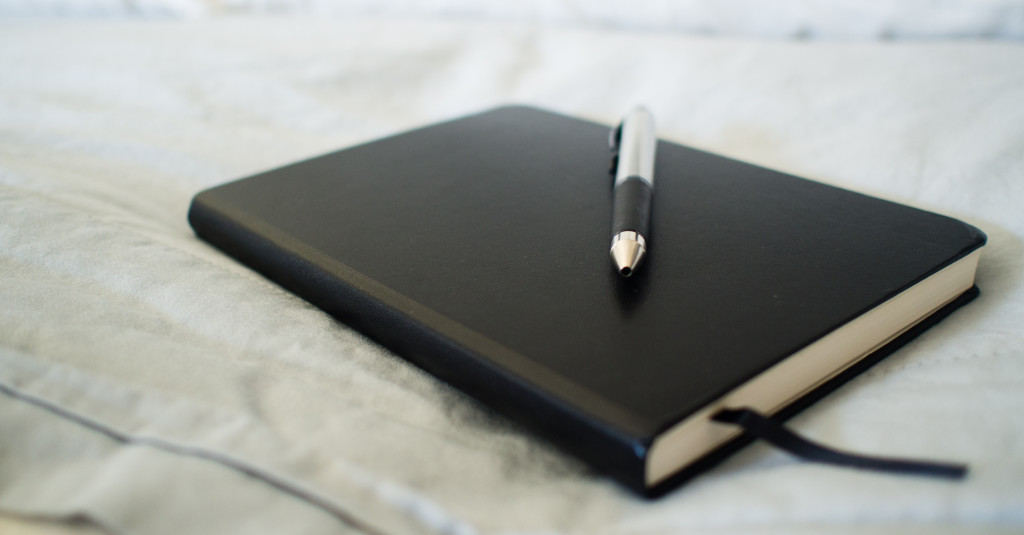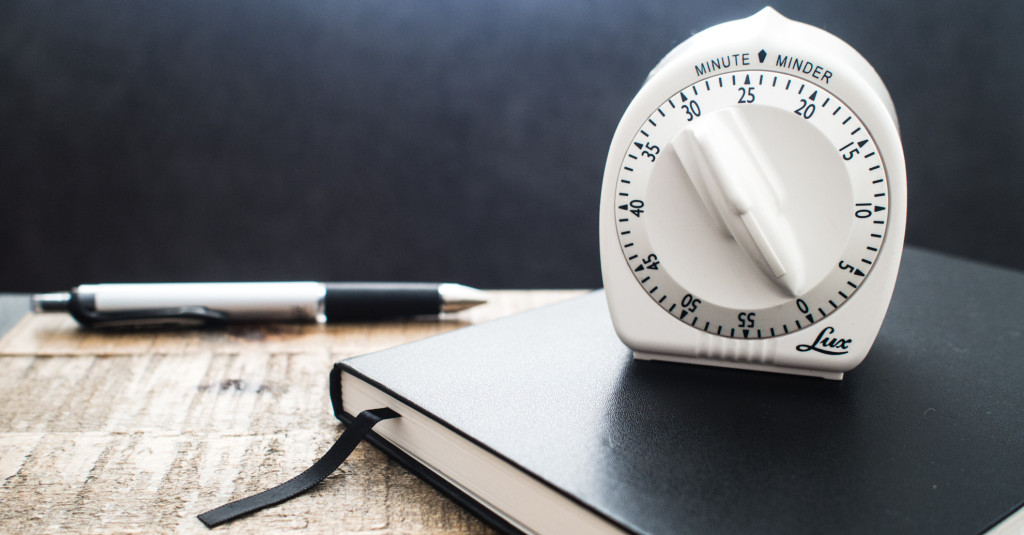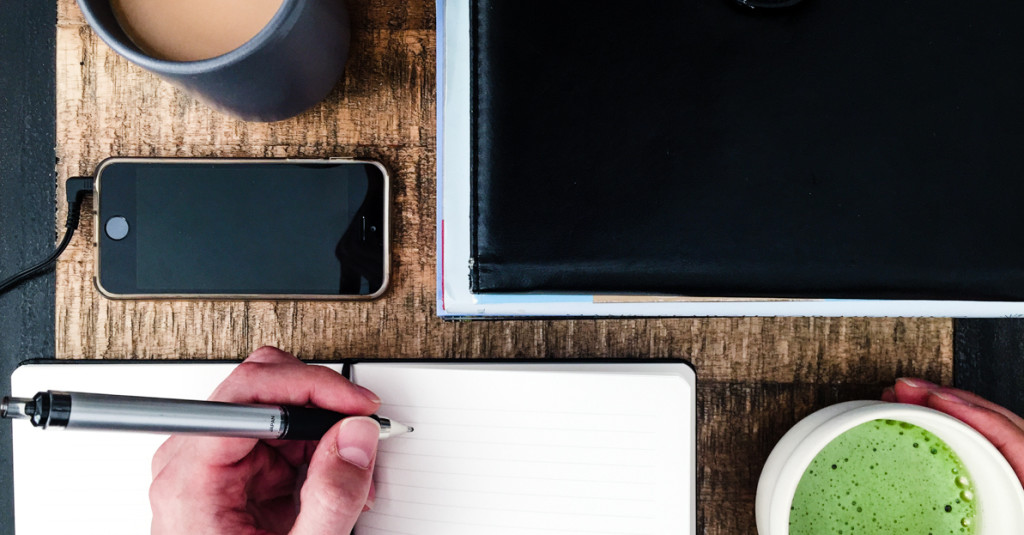“I have a neighbor who was a Software Engineer for 30 years, and he can’t even use one of his hands any more,” my coworker said over lunch the other day.
I’d been doing wrist stretches when we got into a discussion about carpal tunnel. I was a bit shocked by my coworker’s story, and decided to do some research. I found other personal accounts of writers and office workers losing function of their hands over time:
- A bestselling author lost use of her hands from carpal tunnel syndrome
- A programmer’s nightmare after a 25-year career: cubital tunnel syndrome
I’m good at obsessing about something that either interests me or is bothering me—this covers both. Since I started writing every day, I’ve been having some of my own hand and arm pain (to a lesser degree). I’m motivated to proactively improve my situation because:
- I want to keep being able to use my hands into old age
- I want to keep writing without pain
- I want to prevent carpal tunnel (see WebMD), cubital tunnel (see WebMD), and Writer’s Cramp / dystonia (see WebMD)
5 simple ways I prevent carpal tunnel when writing
1. Keep good posture (even while sleeping!)

Keeping elbows in and arms at 90 degrees at my standing desk
Whether I’m sitting or standing at my desk, I try to keep my elbows bent at 90 degrees (see image for reference) and close to my sides. I also try to keep my wrists neutral and engage my core (what’s your core?). At work, I’m usually sitting. At home, I’m usually standing. The key is that I’m frequently moving around (read more about good typing posture at WebMD).
While sleeping, I try to make sure my arms are stretched out comfortably, with my wrists in a neutral position. There are wrist braces available to be worn during sleep, but I’m not (yet) at the point of needing one.
2. Create an ergonomic workspace
When I first started writing every day, I would sit on my couch with my laptop on my lap. I quickly learned that that wasn’t a sustainable way for me to write from the back, wrist and neck pain that soon followed. I upgraded to this standing desk which forces me to engage my core and helps me feel more energetic when writing.

Measuring my height to see if standing desk will rise high enough
I’m pretty tall (6’2”), and the first standing desk I bought actually didn’t go up high enough for me. If you are tall, make sure you measure your standing height from the ground to your elbows (see image for reference). Then look for a standing desk that rises to at least that height.
I was still having some pain in my wrists and forearms so I switched out my generic mouse and keyboard for an ergonomic mouse and keyboard from Microsoft. I’ve found them well worth the price (which is on the lower end for and ergonomic keyboard and mouse). I used to think it was good to keep my keyboard on an incline but recently learned that’s bad for your wrists. I now keep my keyboard tilted slightly downward (to keep in a more neutral position).
When writing by hand, I sometimes like to vary my grip by using a PenAgain. The writing isn’t as pretty, but it gets the job done and allows me to use my hand and wrist differently from a normal pen. Let me know if you try it (add a comment below).
3. Stretch wrists and arms frequently

Performing my favorite wrist stretch to prevent carpal tunnel
Here’s my favorite stretch for wrists (see image for reference). A study found that two out of three carpal tunnel patients were able to avoid surgery by performing this stretch.
I’m not sure if it was due to the standing desk, but I also found that my triceps were getting really tight. I use this overhead stretch to loosen my triceps. I also use this foam roller on my triceps and forearms for a deep tissue self massage.
4. Take breaks frequently
I take 5-minute breaks every 25 minutes (using my Pomodoro timer—I talk about this technique in more detail here). During these breaks, I find ways to move around and do my stretches. Over the last month, these breaks have really helped me (both physically and mentally) to recover my energy levels and prevent exhaustion.
5. Get massages
My massage therapist was the first one to let me know how bad my forearms and triceps had gotten. I didn’t know how bad they were until I felt the pain (and relief) of an arm massage. I try to get a massage every month (or more frequently if I’m in pain). If you don’t want to pay for a massage that often, you can always ask your partner or get a foam roller.
How do you prevent carpal tunnel when writing?
So far (it’s been about a month), keeping good posture, having an ergonomic workspace, stretching my wrists and arms frequently, taking breaks, and getting massages regularly, has helped me stave off carpal tunnel. I’m curious—what do you do to prevent hand and arm pain due to writing? Add a comment below to let me know. And while you’re at it, make sure to sign up for my private newsletter to stay updated on my latest productivity and health tips.
Photos by Carla Gabriel Garcia




